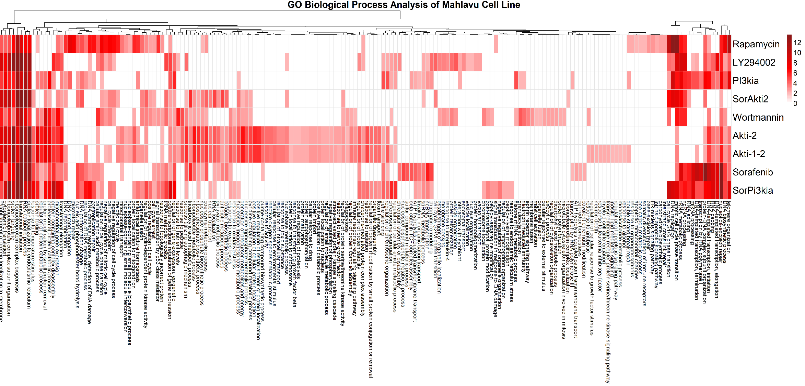Vector Dynamic Time Warping (VDTW), a novel multi-year classification approach based on warping of angular distances between phenological vectors was developed. The results prove that the proposed VDTW method is robust to temporal and spectral variations compensating for different farming practices, climate and atmospheric effects, and measurement errors between years. We also describe a method for determining the most discriminative time window that allows high classification accuracies with limited data. We carried out tests of our approach with Landsat 8 time-series imagery from years 2013 to 2015 for classification of corn and cotton in the Harran Plain, and corn, cotton, and soybean in the Bismil Plain of Southeastern Turkey. In addition, VDTW was tested with corn and soybean in Kansas, the US for 2017 and 2018 with the Harmonized Landsat Sentinel data.
Date: 15.01.2020 / 14:00 Place: Conference Hall-1








